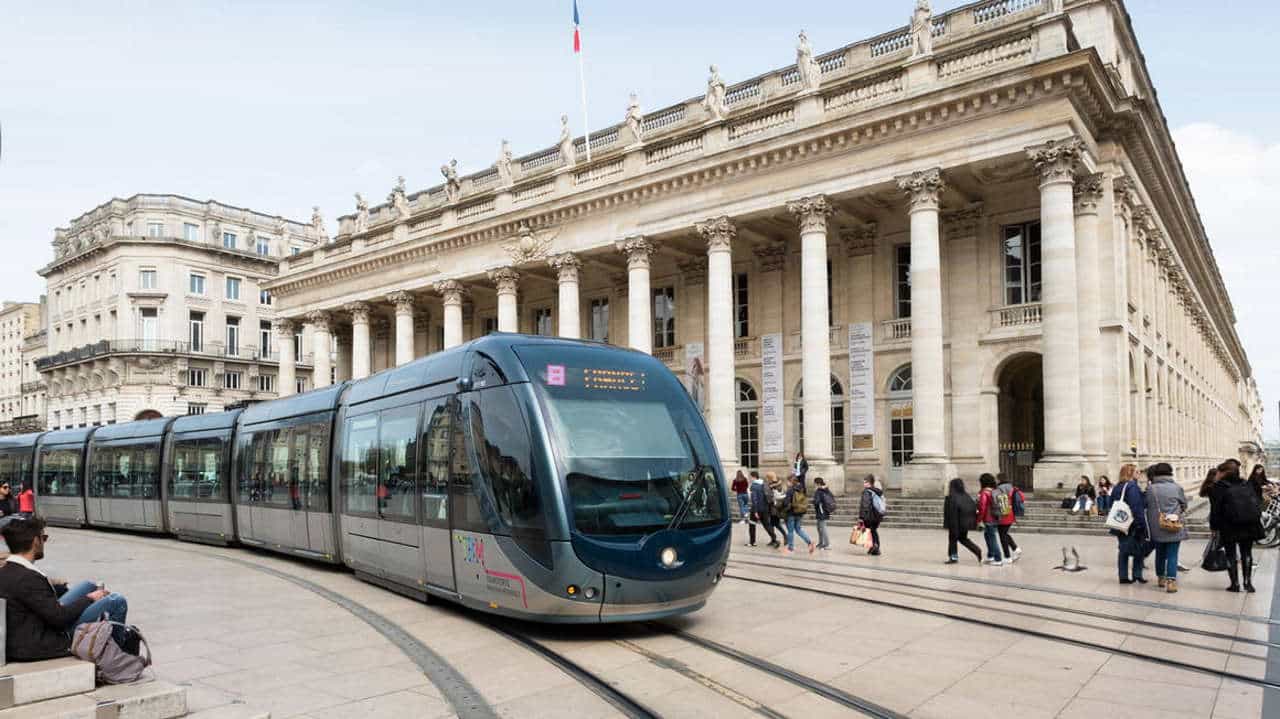Barcelona Metropolitan Transport (ATM – Autoritat del Transport Metroplità) has awarded Alstom with a contract to install the ground-level power supply.
The contract will see the electrification of the first stage of the Barcelona tram network connection, using Alstom’s APS ground-based dynamic feeding system to connect two current tramway lines.
APS maintains the look of the urban environment as it removes the need for wayside infrastructure, including the protruding catenary contact lines and masts. The contract will also see work carried out by Alstom on the infrastructure, including a retrofit of 18 trams from the existing fleet.
The system provides power to light rail vehicles via a segmented street-level power rail. The conductive segments are automatically activated and deactivated as the trams make their way which ensures that they are completely safe for pedestrians and road users.
The popular technology is being used across 11 cities on four continents, including Bordeaux, Tours, Rio de Janeiro, Istanbul, Dubai, Lusail and Sydney. Each day, 362 trams utilise Alstom’s APS system over 145 km of track operating commercial services and representing 58 million km travelled for the innovative technology.

This stage of the contract will see Trambaix and Trambesos tram networks connected, making a 3.9km long tramway with 6 brand new stops added to the network. The project will improve public transport across Barcelona, enhancing intra-modality by connecting the Tram with the suburban and metro networks. Once the connection is complete, further benefits will be made with a reduction in the carbon footprint as users move from private vehicles to the tram. Barcelona’s tramway is at the core of Barcelona’s promotion of sustainable mobility and as part of the city’s commitment to creating eco-friendly, accessible, equitable and healthy urban development.
Inaugurated in 2004, Barcelona’s tramway has 6 lines with 56 stops over a 29.22km long network, which carries over 26 million passengers each year. The tramway is made of two independent systems which are Trambaix, which is a 15.1km network connecting the Diagonal and Baix Llobregat area and Trambesos, which connects Barcelona to Sant Adria de Besos and Badalona over a 14.1km route. The network uses 41 Citadis trams, which were built and maintained by Alstom in Spain.






Responses